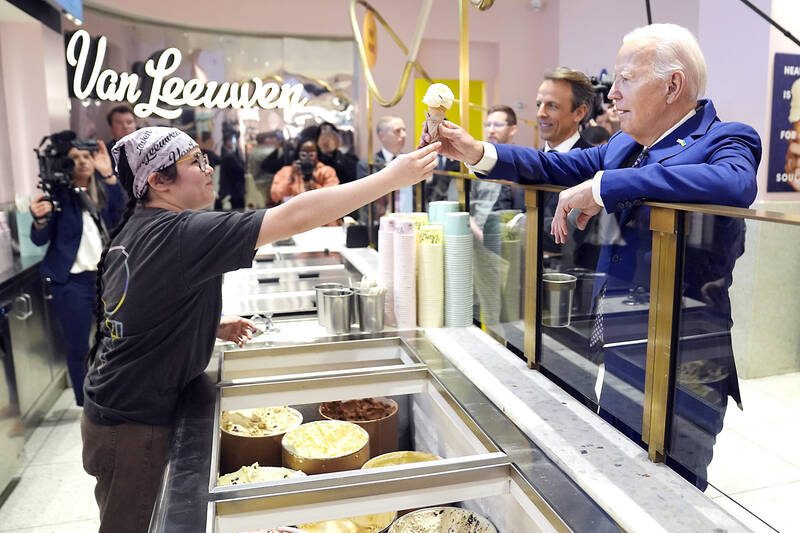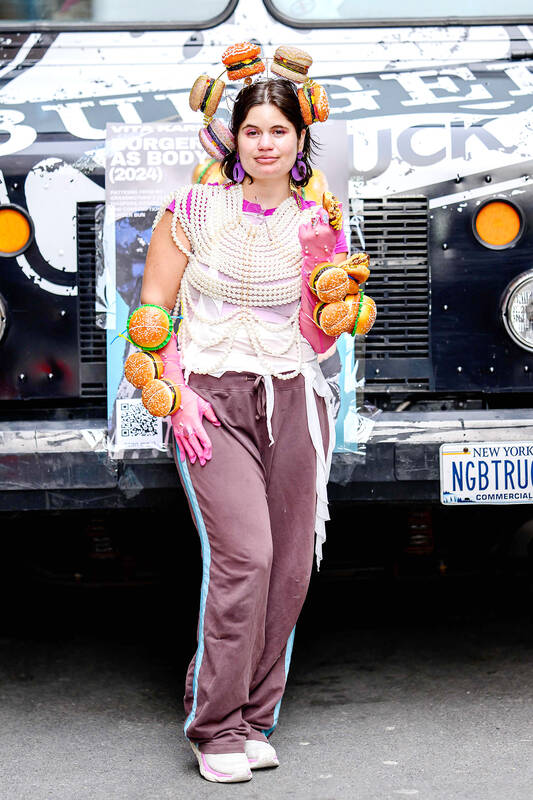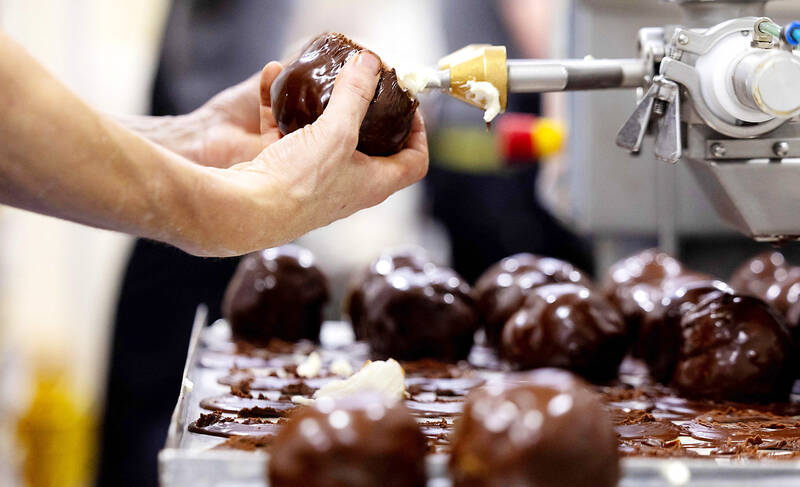The 1970s was a confusing decade in which to be a smoker. People knew, of course, that smoking was bad for them: the evidence linking it to lung cancer had been incontrovertible since 1956. But despite government education programs, hiked taxes and restrictions in selling to children, these warnings hadn’t fully permeated the atmosphere.
How could they? Daily life bathed the brain in the idea that smoking was fine. Cigarettes were advertised in magazines, on billboards and at sporting events; they dangled from the mouths of the suave or rebellious in film and on TV; and a nicotine fog enveloped offices, bars and public transport. Could something that everyone was doing, and which suffused the culture, really be that shockingly dangerous?
It was a confusing time, also, to be a tobacco company. You could no longer claim that smoking was supported by doctors, as you did in the 50s — but you were not yet forced to admit on every packet that your product actually killed people. It was only in the 80s and 90s that, festooned with obligatory warnings, cigarette ads started to flirt openly with death: one advert for Silk Cut referenced the shower scene in Hitchcock’s Psycho, another for Benson & Hedges featured a dead fish on a coffin-like piano. (If you’re going to die, die with us.)

Photo: AP
But in the 70s these companies were still making the uneasy transition between denial and nihilistic acceptance. The idea that you could make cigarettes healthier, that you could acknowledge the warnings but claim they did not apply to your own product, became a central defense and marketing ploy. New “filter” cigarettes (themselves sometimes tainted with dangerous chemicals) flooded the market, falsely claiming to protect against the worst harms of smoking. Thousands switched to “low-tar” cigarettes in an effort to make a healthy choice.
“Considering all I’d heard, I decided to either quit or smoke True. I smoke True” ran one advert in 1976, featuring a sporty-looking girl at a tennis net — “The low-tar, low-nicotine cigarette.”
ULTRA-PROCESSED FOOD

Photo: AFP
And this is where we are, I think, in 2024, with what used to be called junk food, and which is now beginning to be called ultra-processed food. UPF is food that has at some stage been ground into unrecognizable pulp and bathed in additives, a definition that is gaining acceptance among experts. But it is nothing too new. We are now, and have been for years, talking about the kind of food that encourages us to eat vast quantities of salt, sugar and fat in one barely chewed gulp. It is hamburgers, crisps, chocolate bars, ice-cream, fizzy drinks and pappy processed cereal.
As with cigarettes in the 70s, much of the evidence is in. Junk food is linked to cancer. Two landmark studies last year showed UPFs caused heart disease and strokes. It is also beyond question that these kinds of foods cause obesity, a condition linked to 30,000 deaths a year in England alone. One in five children are obese by the final year of primary school and levels of obesity are spiraling upwards. Unhealthy diets are, worldwide, now killing more people than tobacco.
But these warnings have yet to filter through to our daily environment, in which junk food is beamed at us from bus stops and TV ad breaks — framed as an indulgence, a guilty pleasure, but not a scourge.

Photo: AFP
Our brains, evolved for scarcity, navigate a world of cheap, easy, delicious dopamine hits on high streets and supermarket aisles. Fast food companies follow teens online and use cartoons to sell unhealthy cereals. Last week, an 18-year-old told the Times that, when she got her GCSE results, she was congratulated by the pizza chain Domino’s before her mother.
Last week, the youth activist movement Bite Back published its study Fuel Us, Don’t Fool Us, developed with researchers at Oxford University, and reported that Ferrero made 100 percent of its UK sales in 2022 from foods high in saturated fat, salt and sugar (HFSS). In response, a company spokesperson claimed it was “supporting consumers” by “offering our products in small, individually wrapped portions” along with “education on how to enjoy our products as part of a balanced lifestyle.” Are you really supposed to stop after a single (wrapped) Ferrero Rocher?
Unilever, which the study found had made 84 percent of its UK sales from HFSS the same year, stressed its lower fat options: “Ben & Jerry’s Lighten Up, Carte D’Or Vanilla Light.” The owner of Kellogg’s, just behind at 77 percent, told reporters it had reduced sugar in its cereals by 18 percent, and salt by 23 percent.

Photo: EPA-EFE
Yet these are foods saturated in unhealthy substances and designed to make you eat more and more of them. Removing 18 percent of the sugar is going to do very little. There is no such thing as healthy junk food.
TOBACCO AS BLUEPRINT
We know what has to happen next: tobacco has given us the blueprint. Food high in salt, sugar and fat has to be more strictly regulated.
And regulation is the only way. Highly processed food is profitable — the business models of the world’s largest food companies rely on it. Expecting them to fix themselves is like expecting a tired and hungry commuter to resist a burger. Good intentions and willpower go only so far.
But the psychological shift — the recognition that this thing that everyone does is dangerous — is overdue. Every government for the past 30 years has identified obesity as a problem. Even food companies — some of them — are asking for new legislation: at present, they say, retailers that want to do good are penalized.
Labor claims it will “steamroll” the food industry into a healthier model, banning online junk food ads aimed at children and bringing in more restrictions on packaging. It would be a start.

In the next few months tough decisions will need to be made by the Taiwan People’s Party (TPP) and their pan-blue allies in the Chinese Nationalist Party (KMT). It will reveal just how real their alliance is with actual power at stake. Party founder Ko Wen-je (柯文哲) faced these tough questions, which we explored in part one of this series, “Ko Wen-je, the KMT’s prickly ally,” (Aug. 16, page 12). Ko was open to cooperation, but on his terms. He openly fretted about being “swallowed up” by the KMT, and was keenly aware of the experience of the People’s First Party

Aug. 25 to Aug. 31 Although Mr. Lin (林) had been married to his Japanese wife for a decade, their union was never legally recognized — and even their daughter was officially deemed illegitimate. During the first half of Japanese rule in Taiwan, only marriages between Japanese men and Taiwanese women were valid, unless the Taiwanese husband formally joined a Japanese household. In 1920, Lin took his frustrations directly to the Ministry of Home Affairs: “Since Japan took possession of Taiwan, we have obeyed the government’s directives and committed ourselves to breaking old Qing-era customs. Yet ... our marriages remain unrecognized,

Not long into Mistress Dispeller, a quietly jaw-dropping new documentary from director Elizabeth Lo, the film’s eponymous character lays out her thesis for ridding marriages of troublesome extra lovers. “When someone becomes a mistress,” she says, “it’s because they feel they don’t deserve complete love. She’s the one who needs our help the most.” Wang Zhenxi, a mistress dispeller based in north-central China’s Henan province, is one of a growing number of self-styled professionals who earn a living by intervening in people’s marriages — to “dispel” them of intruders. “I was looking for a love story set in China,” says Lo,

During the Metal Ages, prior to the arrival of the Dutch and Chinese, a great shift took place in indigenous material culture. Glass and agate beads, introduced after 400BC, completely replaced Taiwanese nephrite (jade) as the ornamental materials of choice, anthropologist Liu Jiun-Yu (劉俊昱) of the University of Washington wrote in a 2023 article. He added of the island’s modern indigenous peoples: “They are the descendants of prehistoric Formosans but have no nephrite-using cultures.” Moderns squint at that dynamic era of trade and cultural change through the mutually supporting lenses of later settler-colonialism and imperial power, which treated the indigenous as